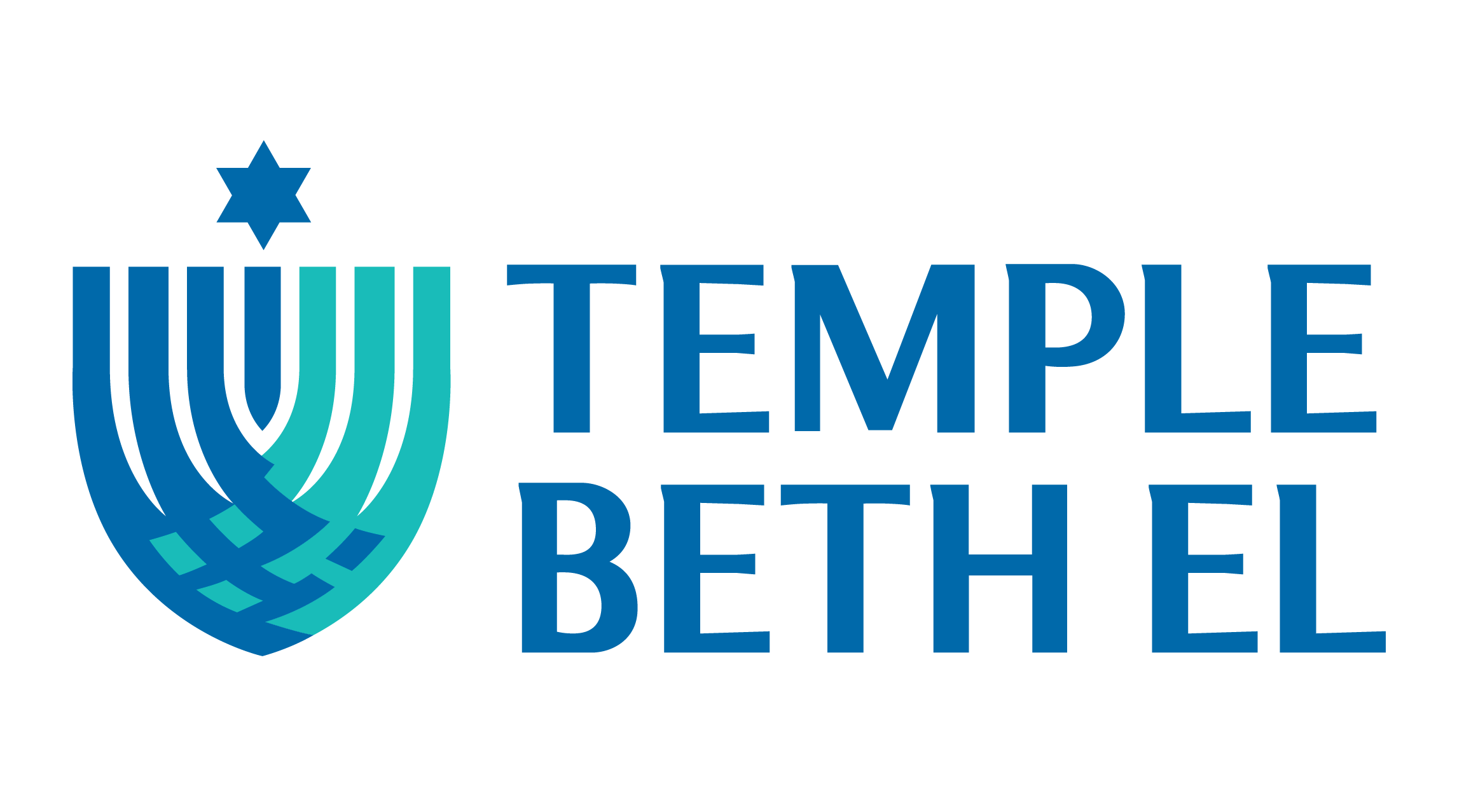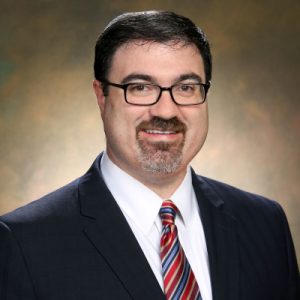I returned from my sabbatical and a trip to Peru with this incredible feeling of fullness, the kind that comes from spending real, uninterrupted time with Ana and the kids. Peru—whether it was deep in the Amazon or standing atop Machu Picchu — was breathtaking. I had space to breathe, to think, to reflect. I came back feeling grounded, centered, and incredibly grateful to this community for giving me the gift of time.1
And yet, almost the moment I stepped back into my office, the calm disappeared. The news from Israel was relentless: missiles in the North, hostages murdered, families killed in Gaza; and here in America, Jewish college students targeted on campus, and pervasive antisemitic attacks. After a year that had tested us again and again, I felt the weight of these events deeply.
During my first week back, I visited a family who were sitting shiva for a loved one who had died. When I arrived, I found a small group of people sharing stories, leaning on one another. The conversation eventually turned to Israel. Someone looked at me and asked, “Rabbi, what can we even do?” And before I could respond, a family member spoke up. “What we can do is show up for each other. We can hold each other up when it feels like the world is falling apart.”
And at that moment, something clicked. It wasn’t about having all the answers or fixing everything—it was about showing up, daring to hope. Choosing to be present, to listen, and to hold space for one another, even when the path forward is not clear.
I wasn’t even entirely sure whether the family member was referring to the loss of their loved one or the situation in Gaza and Israel or what’s happening here in the United States. What made their response profound was that it didn’t matter. The wisdom applied to it all.
So, what comes next for us? What do we do with all of our grief, uncertainty, and fear? I want to suggest that in this moment we need to dare to hope even more.
The question is: What does “daring to hope” mean?
The prophet Jeremiah lived in a time of utter chaos. Jerusalem, his beloved city, was on the brink of destruction. Babylon’s armies were at the gates and the people of Judah, paralyzed by fear, clung to false promises from leaders. But Jeremiah knew better. He had been warning them for years: war was coming, the city would fall, and exile was inevitable.2
His heart ached, not just from the violence around him, but from the moral decay and leadership failures that had left his people vulnerable.
Everything that had once defined the Jewish people was unraveling before his eyes.
When Jeremiah’s cousin offered him a piece of land—a family plot—it made no sense. It was a terrible time for a real estate deal.
But a voice of God called out: “Buy it.” It wasn’t a command based on logic, but on hope. “The days are surely coming,” the voice said, “when this city will be rebuilt, when the land of Israel will be joyful and fruitful once again.”
So Jeremiah bought the land. In doing so, he made a bold choice to invest in the future even when the present seemed utterly hopeless. The land wasn’t just property; it was a symbol of renewal, a sign that life would continue even after the collapse.
Rabbi Benay Lappe teaches that when the core narratives that define us crash—when the stories we’ve built our lives around fall apart—we face three choices.3
We can cling to what was, refusing to acknowledge the changes.
We can abandon the narrative altogether, disconnecting from tradition and community.
Or, we can choose the third path: to reimagine, to build something new from the fragments of what has fallen, blending the wisdom of the past with the possibilities of the future.
Jeremiah could have walked away and assimilated into Babylonian culture. Instead, he acknowledged the reality of the situation and decided to invest in the future – he chose the third path. he dared to hope.4
Daring to hope isn’t naive optimism or living without fear. It’s about choosing to create, build, and trust in tomorrow, even when today feels uncertain.
This kind of hope shows up around us every day.
It’s the couple, standing at the edge of separation, daring to go to counseling and rebuild communication in the midst of silence and hurt.5
It’s the parents, worrying about their teenager drifting into self-destruction, showing up day after day, getting help, knowing that their stubborn love and unwavering support can still help be a guide.
It’s the adult child, caring for an aging parent, finding hope in small moments of connection, even as their parent’s memory fades.
It’s the overworked employee, feeling invisible, yet summoning the courage to speak up, trusting that their voice and their efforts matter.
It’s the business owner, facing the rubble of failure, deciding to rebuild because they believe in themselves.
Hope is the friend who, after a hurtful comment, chooses to pause, offer grace, and believe in the bond that’s stronger than a single moment of thoughtlessness.
And it’s the grieving spouse, learning to carry the weight of loss while slowly making room for life and joy again.
What makes daring to hope so powerful is that it doesn’t require certainty or perfection. It’s the quiet belief that keeps us moving forward. It asks us to keep trying, not because the outcome is guaranteed, but because something inside us knows that hope is worth holding onto. It’s also a commitment to remembering that we are all human—struggling, imperfect, and trying.
Daring to hope doesn’t rush to fix what is broken—it honors the cracks, sees beauty in what’s unfinished, and invites us to imagine what could be while accepting what is. Daring to hope means believing that, despite everything, together we can still build a future that’s worth living for.
In the last year, we’ve heard many stories about the hero, Hersh Goldberg-Polin, who was terribly injured saving others, held hostage for over 300 days, then murdered by Hamas. But there’s a lesser-known story about Hersh’s cousin which my friend Rabbi Wendi Geffen told me.6
When Hersh was taken hostage on October 7th, his cousin’s world collapsed. The grief was overwhelming, but even worse was the helplessness.
One night, his wife offered him a piece of advice: “Do something Jewish.” He had opened a new deli in Chicago last summer, but now, in the wake of Hersh’s capture, he decided to make the deli more intentionally Jewish. He began serving holiday meals, creating gatherings, and building a real community around the deli.
Hersh’s cousin couldn’t change the political reality in Israel or bring Hersh home. He could have walked away from Judaism, altogether. Disconnected entirely because of his grief.
But he did know one thing for certain: he could dare to hope. He could create a new space to connect with his roots, a place where Jewish tradition, stories, and identity came alive with every meal served. So, he blended loss with creation, and held onto his roots while growing a Jewish commitment that will endure in the life of his family and his community.
This past year I have been inspired by the bravery of individuals like Rachel Goldberg-Polin and Jonathan Polin, journalist Bari Weiss, Israeli politician and Reform Rabbi Gilad Kariv, and college students who dealt with unreal challenges. In the face of adversity, they stood up and spoke out. Their resilience reminds us that hope doesn’t rely on easy answers but on the steadfast belief that our efforts matter.7
Across America, we’ve seen a rekindling of Jewish spirit—a resurgence, but also a reckoning. On a daily basis, people are choosing to reconnect with their Jewish values, and here at Temple Beth El, we are witnessing it firsthand. I want to share some of the stories of people who inspired me this year – changing some of their names to protect their privacy.8
First, Alex. For years, he watched his family engage in Jewish life while he participated, but often cheered from the sidelines. This year, he embraced the Jewish community and family that has given him so much, and chose to convert. His choice showed us how much stronger our community becomes when we open ourselves to those seeking a home in Judaism.
Then there’s Mayan. A Jew of Color, she wasn’t sure if Jewish spaces were made for her, but she walked through our doors and stayed. Her courage to belong didn’t just change her experience—it expanded what’s possible for all of us, and reminds us that our strength is in our diversity.
Max, a college student, hadn’t given much thought to his Jewish identity until he was targeted for being Jewish on campus. After attending Shabbat dinners at Hillel, he chose to become a camp counselor. This summer, he found pride and purpose in creating a Jewish summer with kids. Max’s story is part of a larger movement—young people stepping into leadership, ready to guide the future of Jewish life.
Then there’s Emily. Living in rural North Carolina, past Gastonia, she could have let go of her Jewish identity, feeling too isolated to engage. Instead, she chose to stream Shabbat services and log into classes, find her way to our congregation and choose to become a member. She isn’t letting physical distance prevent her from being Jewish, and it reminds us all that no one is too far away to belong.
Ben’s been a member of this synagogue for decades. After he retired, he could have sat back and taken it easy. Instead, he chose to mentor younger leaders, and show us that aging can be about deepening your role in the community and sharing your sage wisdom, not fading away.
And there’s Ellie, who didn’t grow up with strong Jewish ties and has wondered how to be a Jewish parent. This year, she began studying Hebrew for the first time in decades, reminding us that Jewish learning isn’t just for children—it’s a lifelong journey that deepens with age — and if we want our kids to be educated, we can take the commitment to educate ourselves, too.
During my sabbatical when we were in the Amazon, I learned about the unbelievably massive kapok tree, that can grow tall because it’s roots are deeply intertwined with nearby trees, allowing them to share nutrients and water. Beneath the surface, the trees support each other, creating an ecosystem that survives through connection. Our community is the same. Our strength comes from the ways we are rooted to one another and nourished by our tradition. Just as in the Amazon, it is through this web of support that we find the resilience to thrive.9
Each time we dare to hope, we expand what’s possible, and we are reminded that we are not alone. We are part of something bigger.
And like the trees in the forest, we are a living, breathing Jewish organism, deeply connected. The future we are building isn’t just about surviving—it’s about flourishing. And it all depends on what we choose to plant.
In the depths of the Warsaw Ghetto in 1942, amidst fear and deprivation, a quiet but powerful resistance formed. Jewish scholars, rabbis, teachers, and writers, led by Emanuel Ringelblum, came together not to fight with weapons, but with memory. They called themselves the Oneg Shabbat group, and their mission was to document Jewish life, even as it faced destruction.10
Armed with pens and paper, they recorded everything: celebrations, grief, the richness of Jewish life that continued even as the walls closed in. They collected testimonies, diaries, music, Jewish commentaries, not just to preserve history, but as an act of resistance.
Every word was a declaration that Jewish life held meaning and dignity, no matter the circumstances.
They buried these writings, not to hide them away, but to plant them like seeds of hope, believing the world would one day uncover their voices. And they were right.
Decades later, the buried archives were unearthed, bringing the voices of the Oneg Shabbat group back to life. Their message was clear: even in the darkest moments, they chose to believe in and plant for the future.
While we are not facing the same type of threat, we are living in uncertain times. The world feels precarious, and our community — traumatized and weary — might not seem like the most obvious place to double down.
But it is exactly the right place. And that is, precisely, what we are going to do as a Jewish community.
Now is the time to plant. Because if you want to strengthen Israel, fight antisemitism, feel more connected, build a safer community, stand up for what’s right, or leave a legacy for future generations, then now is the time to dare to hope.
In the face of fear, plant courage. In the face of isolation, plant connection. In the face of grief, plant compassion. In the face of darkness, plant love. In the face of uncertainty, plant possibility. In the face of despair, plant hope.
Take hold of this moment. Dare to hope. Dare to act. This day – and this year – is calling out to you to engage with your life in a way that challenges you. Don’t wait for the perfect time – create it. And together, we will build our future—rooted in the strength of who we are and a hope-filled vision of who we can become.
Gamar Chatimah Tovah




